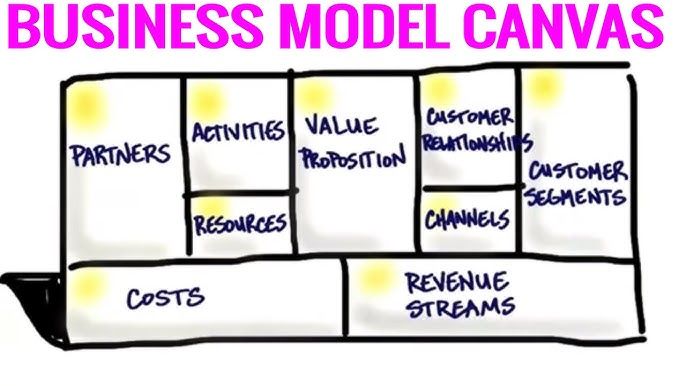
Creating a Successful Business Model: Tips & Insights
- 0
In today’s fast-paced and ever-evolving tech industry, having a well-thought-out business model is essential for success. Whether you are a startup looking to disrupt the market or an established company looking to stay ahead of the competition, having a solid business model can make all the difference. In this article, we will delve into some tips and insights on how to create a successful business model that will set you up for long-term success.
Understanding Your Customers
One of the first steps in creating a successful business model is to truly understand your customers. This means knowing their needs, preferences, and pain points. Conduct market research, surveys, and interviews to gather valuable insights about your target audience. By understanding your customers on a deep level, you can tailor your products or services to meet their specific needs, increasing customer satisfaction and loyalty.
Value Proposition
Your value proposition is what sets you apart from the competition. It is the unique benefit or solution that your product or service offers to customers. Clearly defining your value proposition and communicating it effectively to your target audience is key to attracting and retaining customers. Make sure your value proposition is clear, concise, and easy to understand. This will help differentiate your brand and drive customer engagement.
Revenue Streams
Another important aspect of a successful business model is identifying and maximizing your revenue streams. This could include selling products or services, subscriptions, licensing fees, or advertising revenue. Diversifying your revenue streams can help reduce risk and increase profitability. Consider different monetization strategies and experiment with pricing models to find the right balance for your business.
Cost Structure
It is also essential to carefully manage your cost structure to ensure profitability. Identify your fixed and variable costs and look for ways to optimize and reduce expenses. This could involve outsourcing certain functions, streamlining processes, or negotiating better deals with suppliers. By keeping a close eye on your expenses and making data-driven decisions, you can improve your margins and boost your bottom line.
Key Partnerships
Collaborating with key partners can help accelerate growth and drive innovation. Identify strategic partnerships that align with your business goals and can help you reach new markets or enhance your offerings. Whether it’s technology partners, distribution partners, or marketing partners, building strong relationships with key stakeholders can give your business a competitive edge.
Scalability and Flexibility
A successful business model should be scalable and flexible enough to adapt to changing market conditions. As your business grows, you may need to pivot or expand into new markets. Ensure that your business model is agile enough to support growth and innovation. Consider scalability from the outset and build a framework that can evolve with your business over time.
Measuring Success
Finally, it is crucial to establish key performance indicators (KPIs) and metrics to measure the success of your business model. Monitor key metrics such as customer acquisition cost, churn rate, lifetime value, and revenue growth to track the health of your business. Regularly review and analyze your performance data to identify areas for improvement and make informed decisions to drive growth.
In conclusion, creating a successful business model in the tech industry requires a combination of customer insights, value proposition, revenue streams, cost management, partnerships, scalability, and measurement. By following these tips and insights, you can build a solid foundation for your business that will drive long-term success and sustainable growth. Remember to continuously iterate and adapt your business model to stay competitive in the rapidly changing tech landscape.
